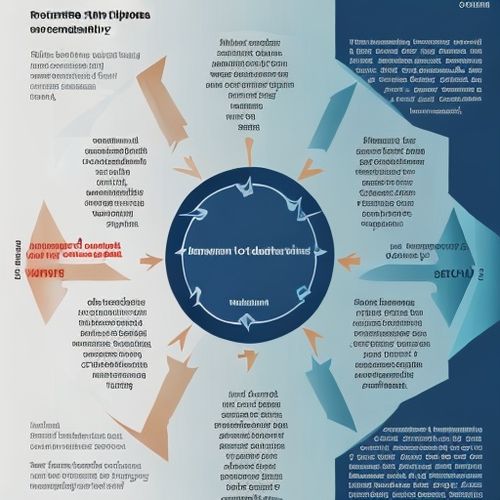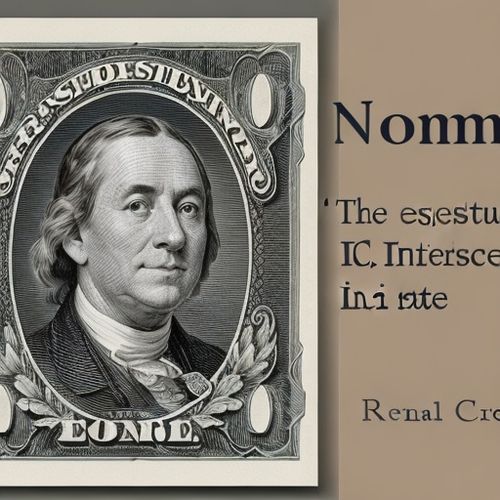In the ever-evolving landscape of investment opportunities, three primary vehicles stand out as the cornerstones of most portfolios: stocks, bonds, and funds. Each offers distinct characteristics, risk profiles, and potential rewards, making them suitable for different types of investors. Understanding the nuances of these instruments is crucial for anyone looking to build a diversified and resilient investment strategy.
Stocks, often referred to as equities, represent ownership shares in a company. When you purchase a stock, you become a partial owner of that business, entitled to a share of its profits and growth. The allure of stocks lies in their potential for high returns, especially over the long term. Historically, equities have outperformed other asset classes, but this comes with heightened volatility. Market sentiment, economic conditions, and company-specific news can cause dramatic price swings, making stocks a higher-risk proposition. For investors with a robust risk appetite and a long-term horizon, stocks can be a powerful tool for wealth creation.
On the other end of the spectrum are bonds, which are essentially loans made to corporations or governments. When you buy a bond, you’re lending money to the issuer in exchange for periodic interest payments and the return of the principal at maturity. Bonds are generally considered safer than stocks, particularly government bonds, which are backed by the full faith and credit of the issuing country. However, this safety comes at the cost of lower returns. Bonds are particularly appealing to conservative investors or those nearing retirement who prioritize capital preservation over aggressive growth. The inverse relationship between bond prices and interest rates adds another layer of complexity, requiring investors to stay attuned to macroeconomic trends.
Mutual funds and exchange-traded funds (ETFs), collectively referred to as funds, offer a middle ground between stocks and bonds. These pooled investment vehicles allow individuals to buy into a diversified portfolio of assets with a single transaction. Funds can be actively managed, where professional managers make buy and sell decisions, or passively managed, tracking a specific index. The primary advantage of funds is instant diversification, which mitigates risk by spreading exposure across multiple securities. This makes funds an excellent choice for novice investors or those who prefer a hands-off approach. However, fees and expenses can eat into returns, and not all funds perform as well as their benchmarks.
The decision to invest in stocks, bonds, or funds—or a combination thereof—depends largely on an individual’s financial goals, risk tolerance, and investment timeline. Younger investors with decades until retirement might lean heavily into stocks to capitalize on growth opportunities, while those closer to retirement may shift toward bonds for stability. Funds provide a versatile option for those seeking balance, offering exposure to both asset classes without the need to pick individual securities.
Market conditions also play a pivotal role in determining the optimal mix of these instruments. During periods of economic expansion, stocks tend to thrive as corporate earnings rise. Conversely, in times of uncertainty or recession, bonds often become a safe haven, preserving capital when equities falter. Funds, particularly those with a balanced approach, can help investors weather market cycles by automatically adjusting allocations based on prevailing conditions.
Tax implications further complicate the picture. Stocks held for more than a year qualify for favorable long-term capital gains rates, whereas short-term trades are taxed as ordinary income. Bonds generate interest income, typically taxed at higher rates, though municipal bonds offer tax-free benefits. Funds distribute capital gains and dividends, which can create tax liabilities even if the investor hasn’t sold any shares. Understanding these nuances is essential for maximizing after-tax returns.
Liquidity is another critical factor. Stocks and ETFs trade on exchanges throughout the day, providing immediate access to cash. Mutual funds, however, are priced once daily after the market closes, which can delay transactions. Bonds, especially those that aren’t highly traded, may suffer from liquidity issues, making it difficult to sell without accepting a lower price. Investors must weigh these considerations when constructing a portfolio that aligns with their need for accessibility.
In recent years, the rise of robo-advisors and target-date funds has simplified the process of investing across these asset classes. These automated solutions use algorithms to create and manage diversified portfolios based on an investor’s profile, rebalancing as needed to maintain the desired risk level. While convenient, these tools lack the personal touch of a human advisor, which can be invaluable during periods of market stress or when navigating complex financial situations.
Ultimately, there’s no one-size-fits-all answer when it comes to choosing between stocks, bonds, and funds. A well-constructed portfolio often includes elements of all three, adjusted over time to reflect changing goals and market environments. Education remains the investor’s most potent weapon—the more one understands these core instruments, the better equipped they’ll be to make informed decisions that pave the way to financial success.

By Noah Bell/Apr 10, 2025

By Victoria Gonzalez/Apr 10, 2025

By John Smith/Apr 10, 2025

By Sarah Davis/Apr 10, 2025

By James Moore/Apr 10, 2025

By John Smith/Apr 10, 2025

By Ryan Martin/Apr 10, 2025

By Benjamin Evans/Apr 10, 2025

By Emma Thompson/Apr 10, 2025

By Megan Clark/Apr 10, 2025

By Thomas Roberts/Apr 10, 2025

By Noah Bell/Apr 10, 2025

By George Bailey/Apr 10, 2025

By Daniel Scott/Apr 10, 2025

By Benjamin Evans/Apr 10, 2025

By Amanda Phillips/Apr 10, 2025

By Sophia Lewis/Apr 10, 2025